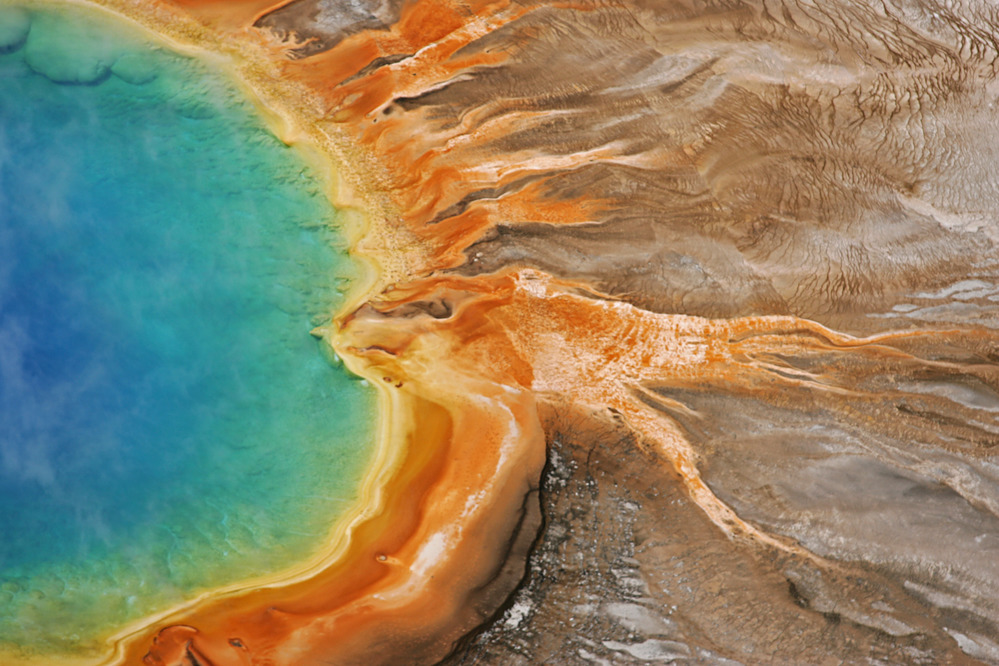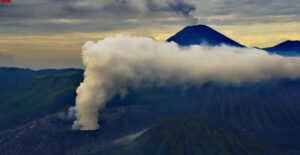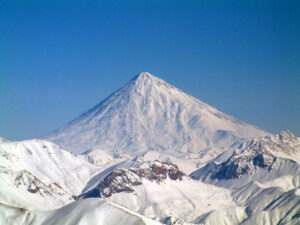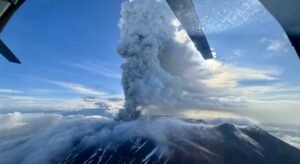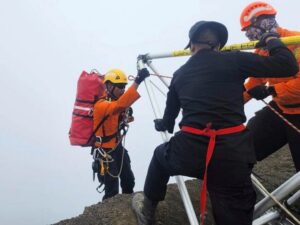Yellowstone National Park sits atop the world’s most famous supervolcano. If it erupted, ash and molten rock would spew across much of the continental United States, devastating the country and disrupting global climate.
For over a century, researchers have worked to understand Yellowstone’s volcano and its potential to blow its top. But that was difficult without knowing precisely where all that molten explosive was stored. Now, a recent study shows the location of Yellowstone’s magma cap and hints at when it may erupt.
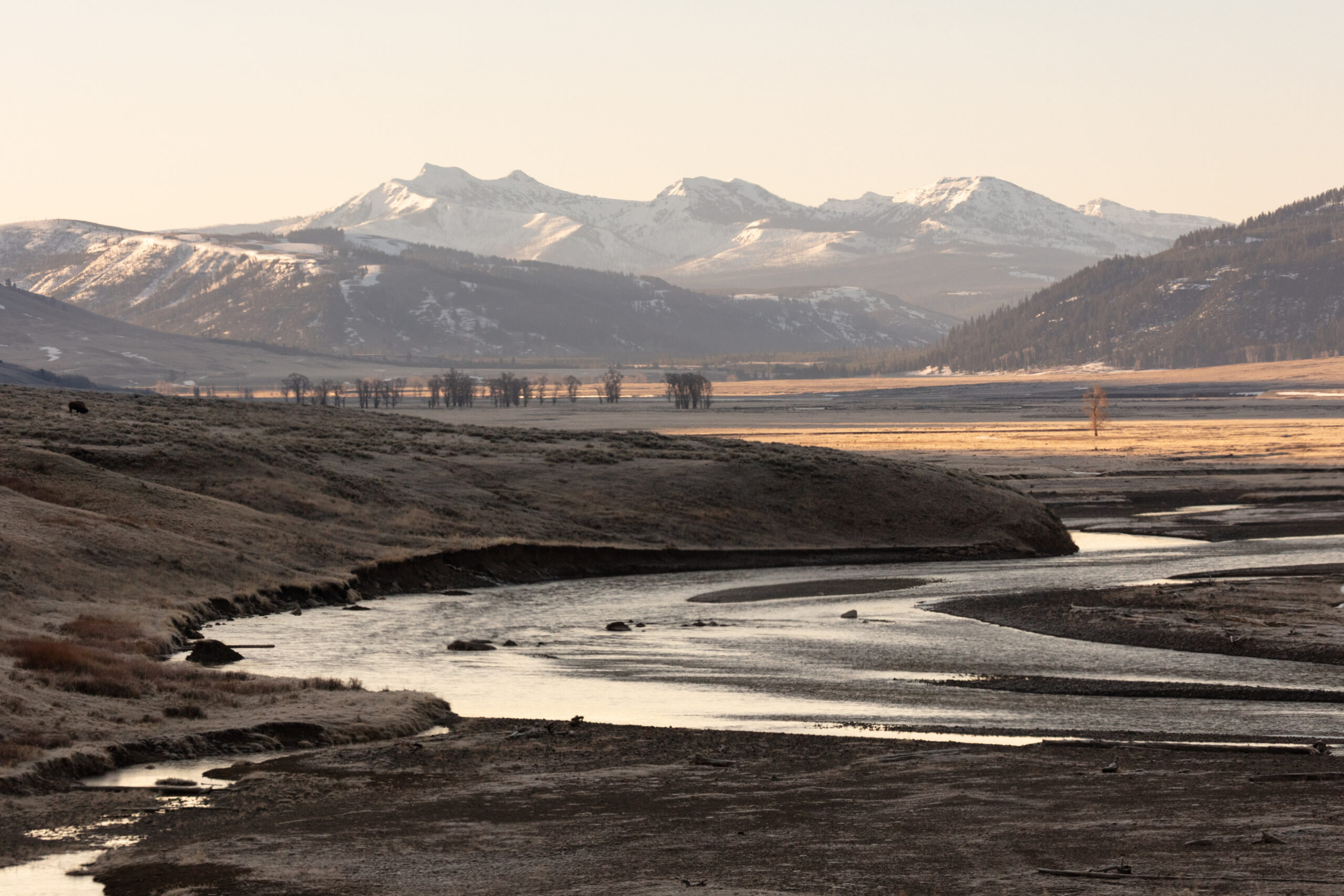
Researchers used new techniques to investigate activity beneath the serene surface. Photo: Jacob W. Frank/NPS
Mini-earthquakes
The Yellowstone caldera has a magma chamber about 40 by 80 kilometers across. The place where the stored melted rock meets solid, non-melted rock and forms a lid is called the magma cap. The cap’s location, its depth beneath the surface, how sudden or gradual the transition is — all help scientists predict eruptions.
But previous geophysical imaging have been vague. The estimated depth of the magma cap, for instance, has ranged from three to eight kilometers. Led by Rice University researchers Chenglong Duan and Brandon Schmandt, a team tried to get a closer look.
To do so, they borrowed a technique usually used for oil and gas exploration. They parked a massive 24,000kg truck on the northeastern caldera and turned on the seismic vibrator. Because Yellowstone receives thousands of daily visitors, the team had to conduct their research at night.
Lit by moonlight, the truck’s vibrator sent seismic waves into the ground, causing what were essentially tiny earthquakes. This is called vibroseis.
It works a bit like a bat’s echolocation — they generate waves which bounce off of objects and then return, reshaped by the objects they bounced off. Only instead of sound waves, vibroseis uses seismic waves, and instead of tasty bugs or cave walls, the waves register natural gas stores. Or, in this instance, magma caps.
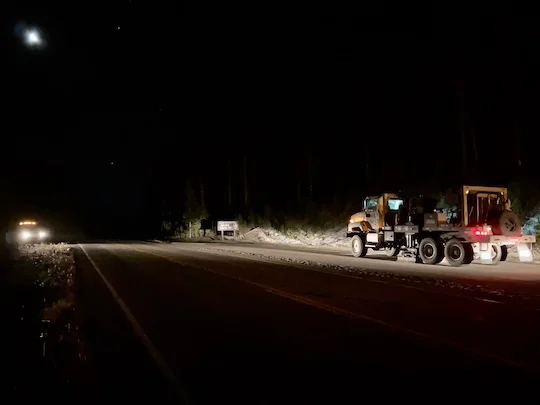
The massive truck which shook the earth late at night in Yellowstone. Photo: Schmandt/Rice University
Will it blow?
After the truck gave the ground a good shake, the team ran the data through advanced imaging software.They modeled various materials which the waves could have passed through, looking for a scenario that would fit the complicated, jumbled data.
Eventually, they had a map of the dimensions, location, and composition of the caldera and its magma cap. The cap is 3.8 kilometers underground, with a sudden, sharp line dividing liquid from solid rock. Now that they’ve found the magma cap, scientists know a lot more about how Yellowstone’s volcano works.
The cap itself, they discovered, is volatile-rich. Magma can be full of mix-ins, like good ice cream. These volatiles include silicate melt and gas bubbles formed when water or carbon dioxide exsolve from the magma and clump together. More volatiles make the magma buoyant and, well, volatile.
Luckily for the U.S., the volatile-rich cap suggests that Yellowstone is not about to blow. “Its bubble and melt contents are below the levels typically associated with imminent eruption,” reassured Schmandt in a Rice University press release.
Instead, the bubbles vent up through the porous rock in a process Schmandt describes, a little eerily, as breathing. It is this vented gas which causes the area’s iconic hydrothermal features. The spectacular geysers and chromatic pools which make Yellowstone so unique are the exhalations of a sleeping dragon, 3.8 kilometers underground.
